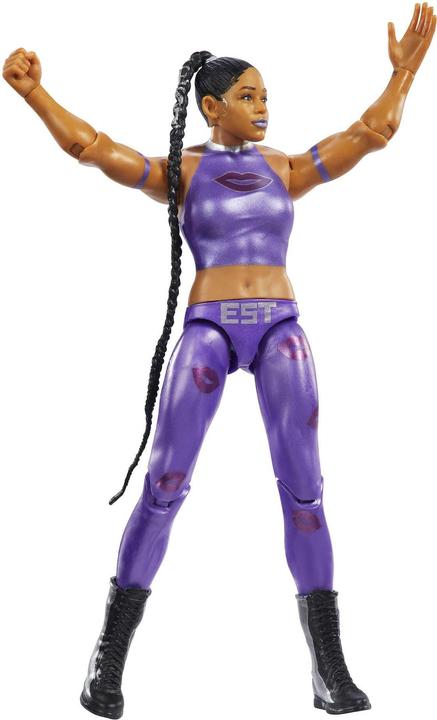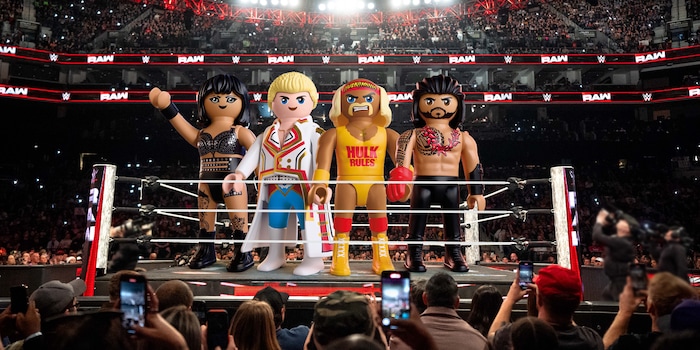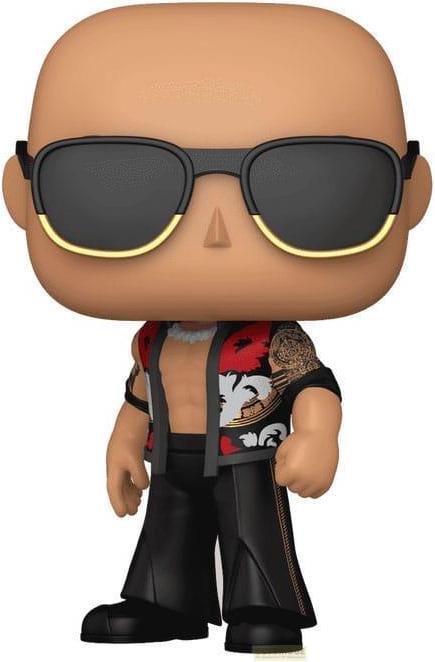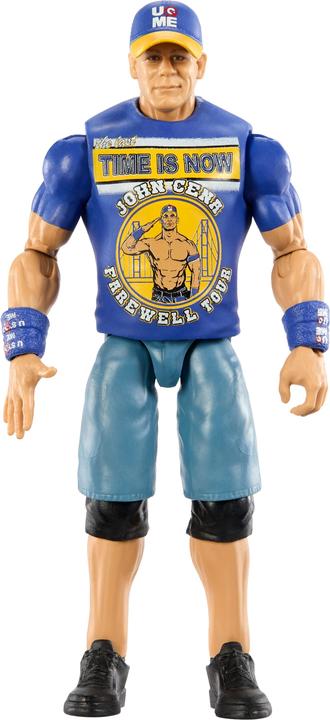

Playmobil steps into the ring with WWE
Playmobil and WWE collaborate for the first time. Figures of well-known wrestling stars will appear from July 2026. Playmobil is thus opening a new chapter between nostalgia, fan culture and risk.
Playmobil announces a global licence partnership with the wrestling league WWE. The first figures are set to appear in July 2026, including Roman Reigns, Cody Rhodes, Rhea Ripley and the legendary Hulk Hogan. For Playmobil, this is the next step towards pop culture, following collaborations with brands such as Barbie or Monster High. The aim is clear: to appeal more strongly to adult fans and collectors.
Implementation and strategy
WWE is one of the longest-lasting entertainment phenomena in the world. It combines athleticism, spectacle and storytelling. Ingredients that can certainly be translated into play figures. According to Playmobil, the collaboration «is intended to bring together two worlds that inspire millions of people». The figures are based on well-known appearances of the stars, including typical outfits and accessories. Whether there will also be a wrestling ring set is still open.
Comparison with other manufacturers
Other brands have long since found their way into the wrestling world. Mattel has been producing successful WWE figure series with a high collection rate for years, and Funko has also discovered the ring for itself. Playmobil is therefore not entering new territory, but rather a well-established field. The difference lies in the style. Instead of muscular action figures with joints, Playmobil brings its familiar design language, small, stiff and stylised. This can be charming, but also alienating for fans who are used to realism.
Classification for collectors and fans
For many adults who grew up with Playmobil, the cooperation can be a nostalgic bridge. At the same time, it raises questions: How much adult authenticity can a system toy that is more synonymous with childlike role play tolerate? And can Playmobil manage the balancing act between collector's item and children's play figure? The brand is thus operating in a field of tension that is also familiar to Lego, between toy and collector's item, between childhood and fandom. A field of tension with good prospects of success, but also a great risk of falling.
Conclusion
With the WWE licence, Playmobil is focusing on a target group that was previously more at home with Mattel or Funko. The move is bold, but not without risk. If the design, quality and fan appeal are right, a new collector's series could emerge. If not, the figures will remain dust catchers on the shop shelf.
What do you think: Do WWE and Playmobil go together or will it remain a weird, short-lived combination? Let us know in the comments.
I get paid to play with toys all day.
From the latest iPhone to the return of 80s fashion. The editorial team will help you make sense of it all.
Show all
